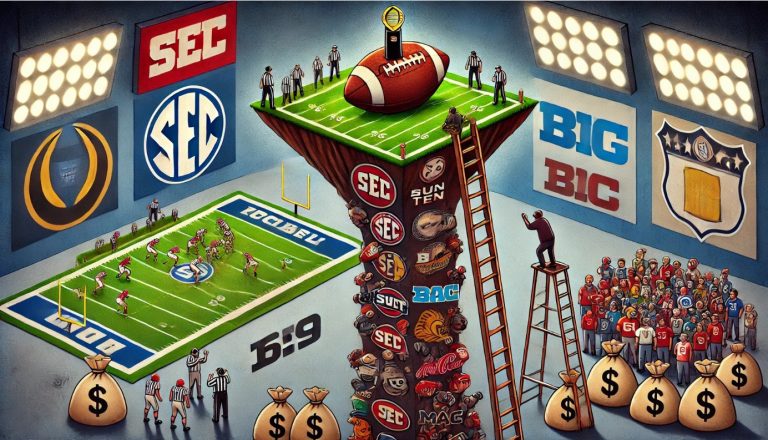
By Larry Billinger
Forget reindeer and chimneys. Step aside elves and gingerbread. Let’s unravel a yarn far stranger, a tale tangled in theology and temper – the “Santa Slap.” Did the jolly old man in red once fly off the handle, not in a sleigh, but across the floor of a momentous historical event? Strap in, for we’re diving into the legend of Saint Nicholas and his alleged smackdown of Arius at the Council of Nicaea.
The Setting: A Crucible of Faith
Imagine, if you will, the year 325 AD. Emperor Constantine has summoned hundreds of bishops from across the Roman Empire to the quaint city of Nicaea. The reason? Heresy – a brewing storm swirling around the very nature of Jesus Christ. Enter Arius, a charismatic priest from Alexandria whose controversial teachings threatened to fracture the nascent Christian faith. Arius argued that Jesus, while son of God, wasn’t divine in the same way as the Father. This sparked a theological wildfire, dividing bishops and igniting passionate debates.
Saint Nicholas: More Than a Jolly Old Elf
Against this backdrop stands Saint Nicholas, the Bishop of Myra. Though history remembers him as the gift-giving Santa Claus, the real Nicholas was a steely defender of orthodoxy. Legends depict him as a fiery figure, unyielding in his faith and prone to dramatic pronouncements. So, when Nicholas heard Arius’ words, did his episcopal patience snap? In a moment of righteous fury, did he stride across the chamber and, with a resounding smack, silence the heretic with a holy hand?
Myth versus History: The Slap Unraveled
Alas, dear reader, history paints a less cinematic picture. No contemporary accounts mention Nicholas even attending Nicaea, let alone throwing a theological tantrum. The “Santa Slap” emerges centuries later, nestled in hagiographies (biographies written about the Saints) penned by fervent admirers eager to portray their saint as a fearless champion of the faith.
But does the lack of historical proof diminish the story’s allure? Not necessarily. This legend reflects the intensity of early Christian debates, where theological disagreements spilled over into passionate clashes. Imagine the frustration, the fear, the raw conviction as men grappled with the very essence of their faith. In this context, Nicholas’ fiery persona, true or embellished, stands as a window into the fervor of that era.
The Human Saint and the Enduring Legacy
And what of Santa? This tale reminds us that even saints are human, capable of anger and the occasional emotional outburst. It humanizes the historical figure behind the Christmas icon, revealing a complex man of faith, not just a jolly elf dispenser.
So, is the “Santa Slap” just a pious tall tale? Perhaps. But whether he slapped or simply argued, the legend whispers a truth: even amidst theological storms, a touch of human drama can sometimes leave the most enduring mark. So, this Christmas, as you raise a toast to Saint Nick, remember – beneath the reindeer and red suit lies a bishop with a fiery spirit, a reminder that even the jolliest saint has a tale worth telling, slap or no slap.


